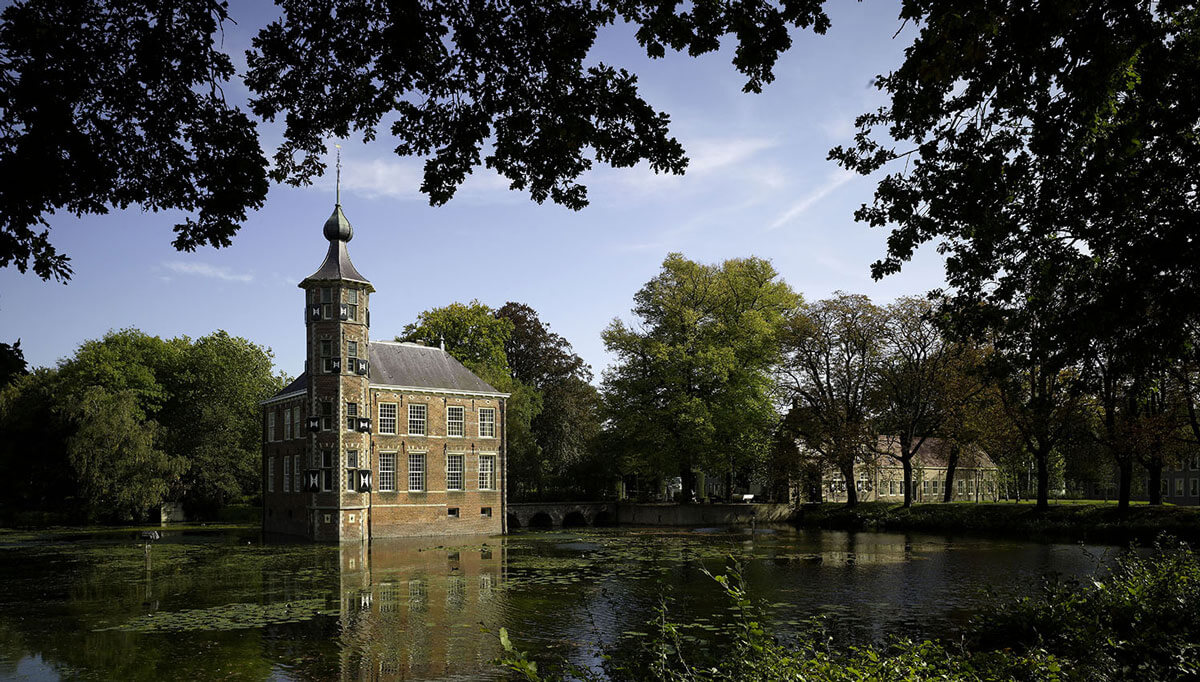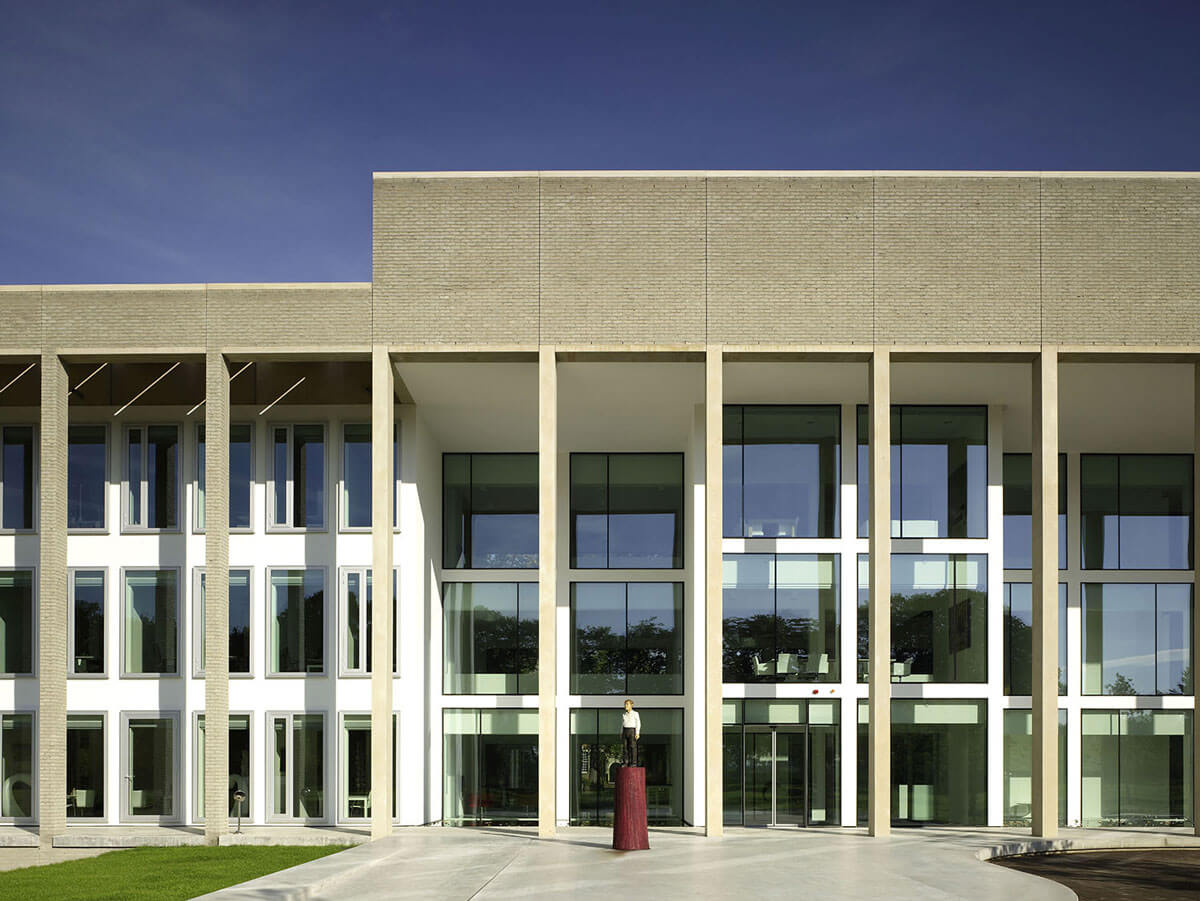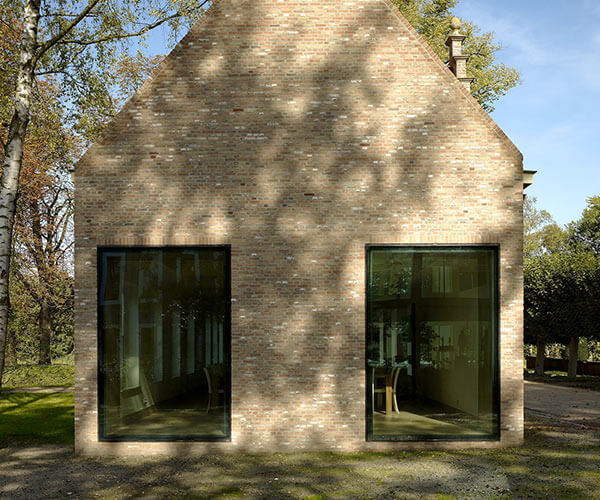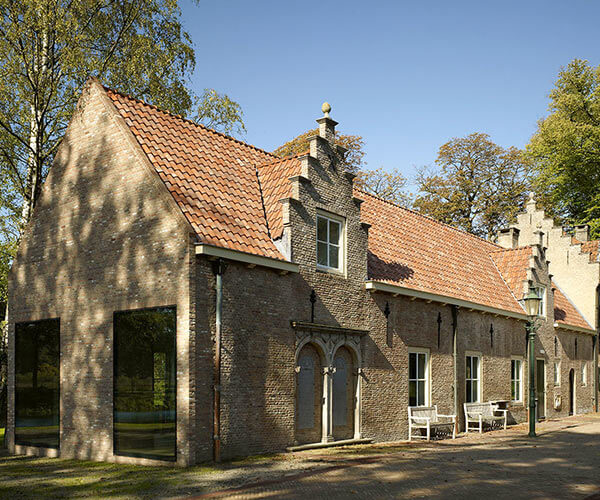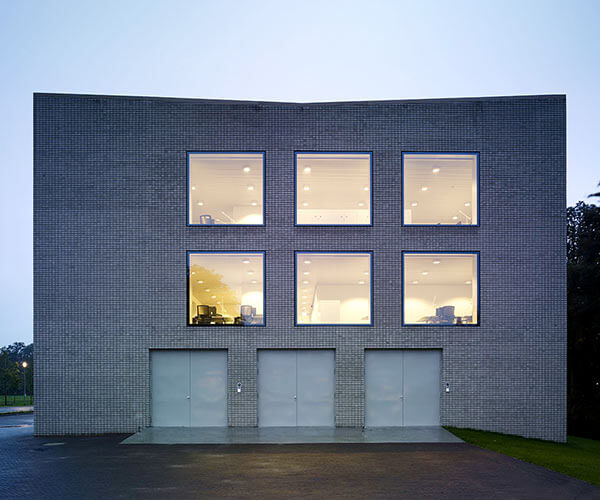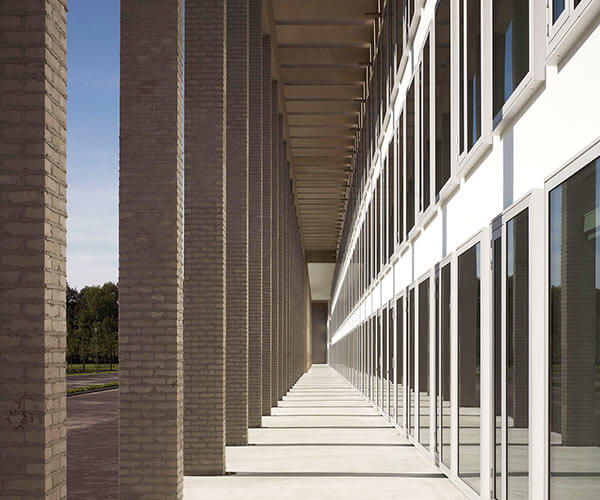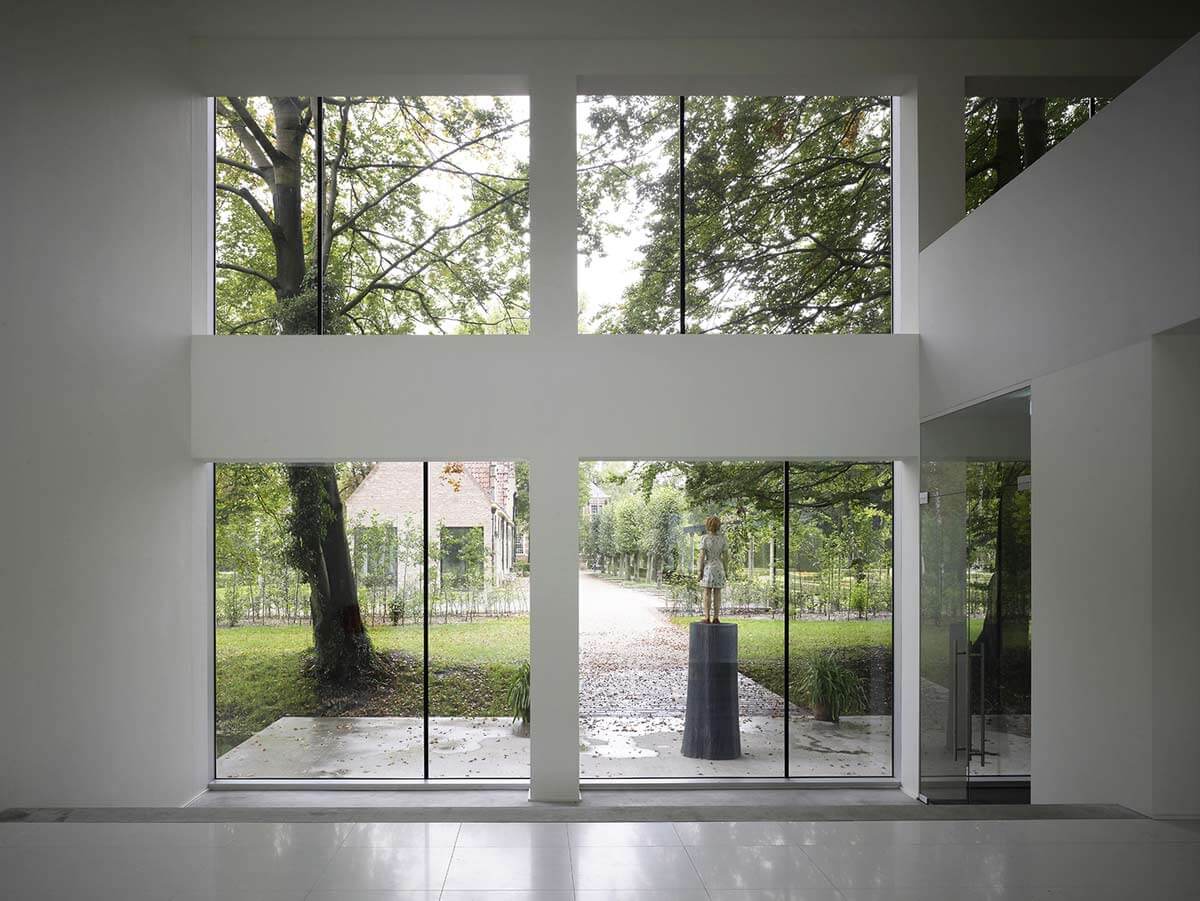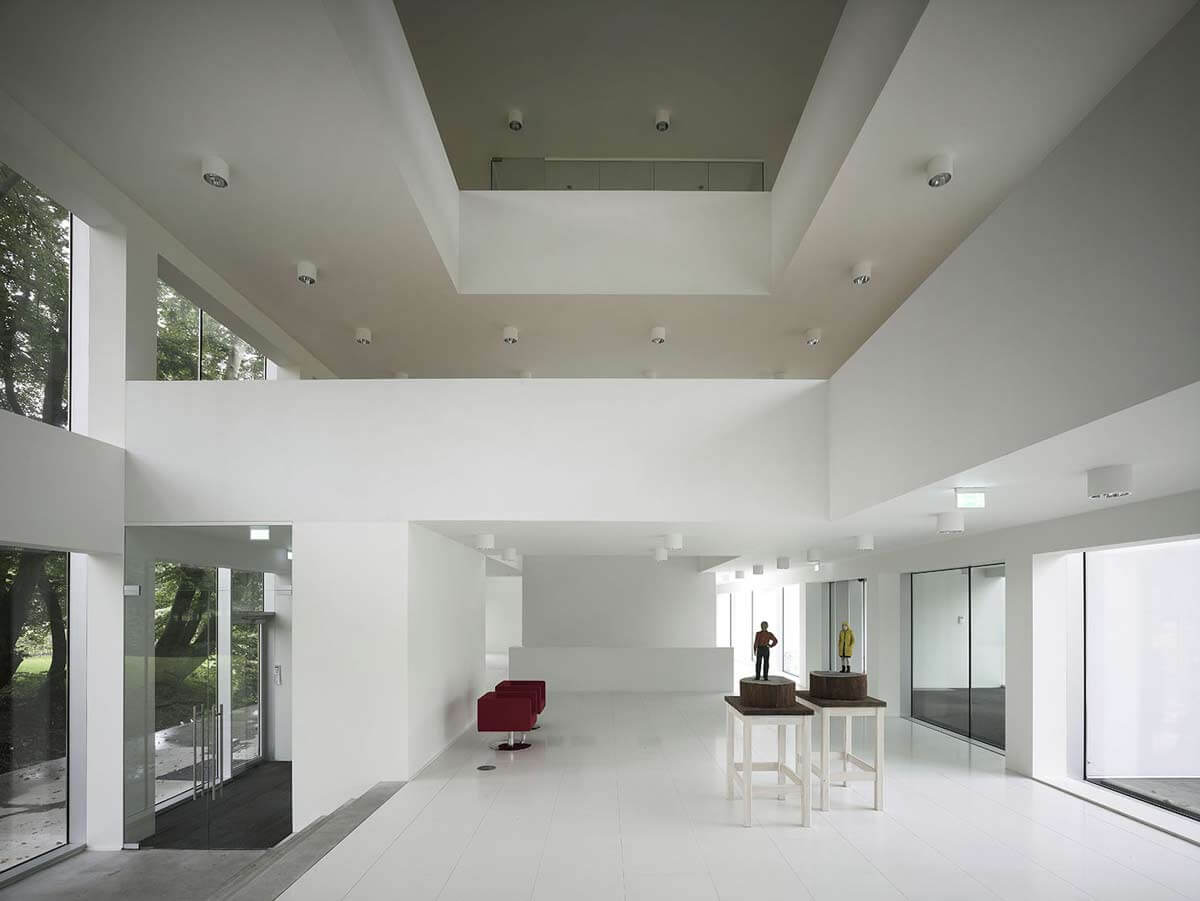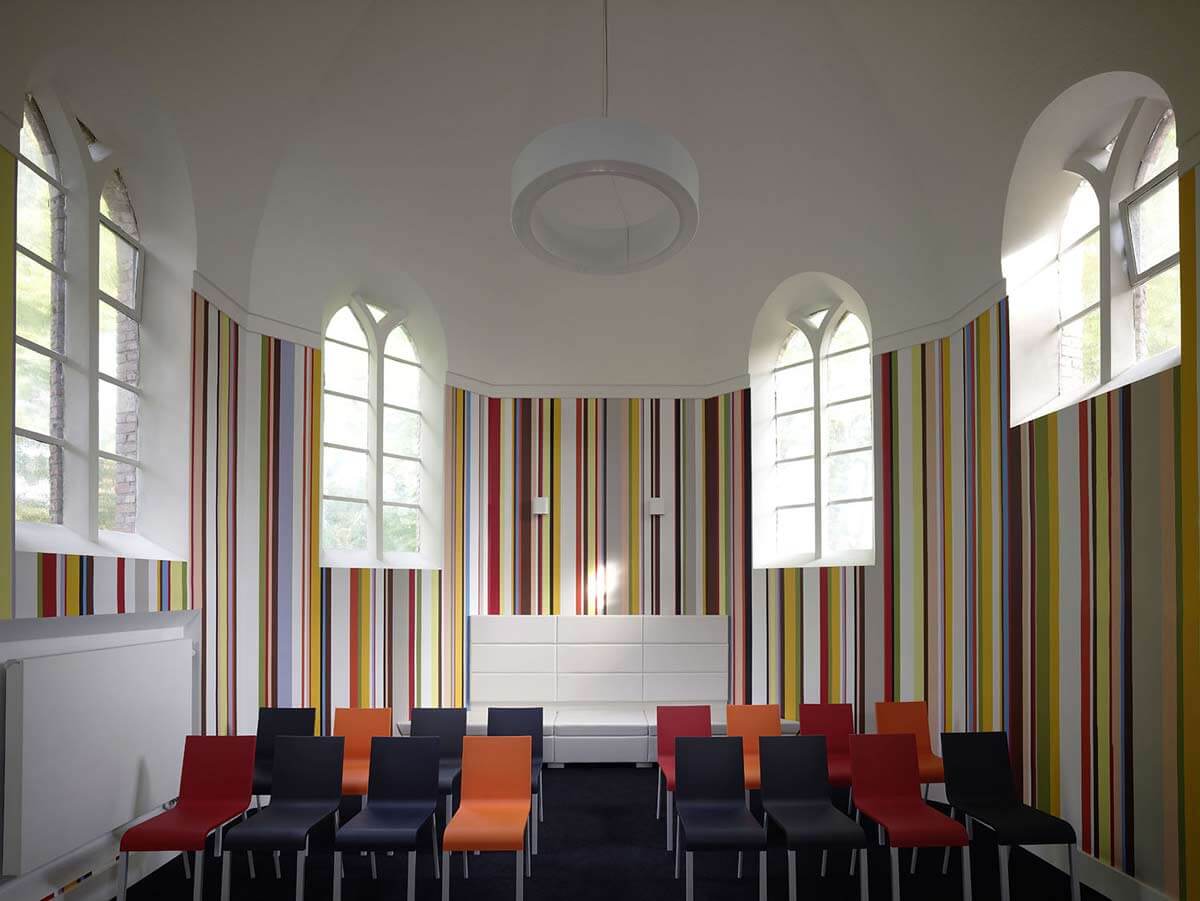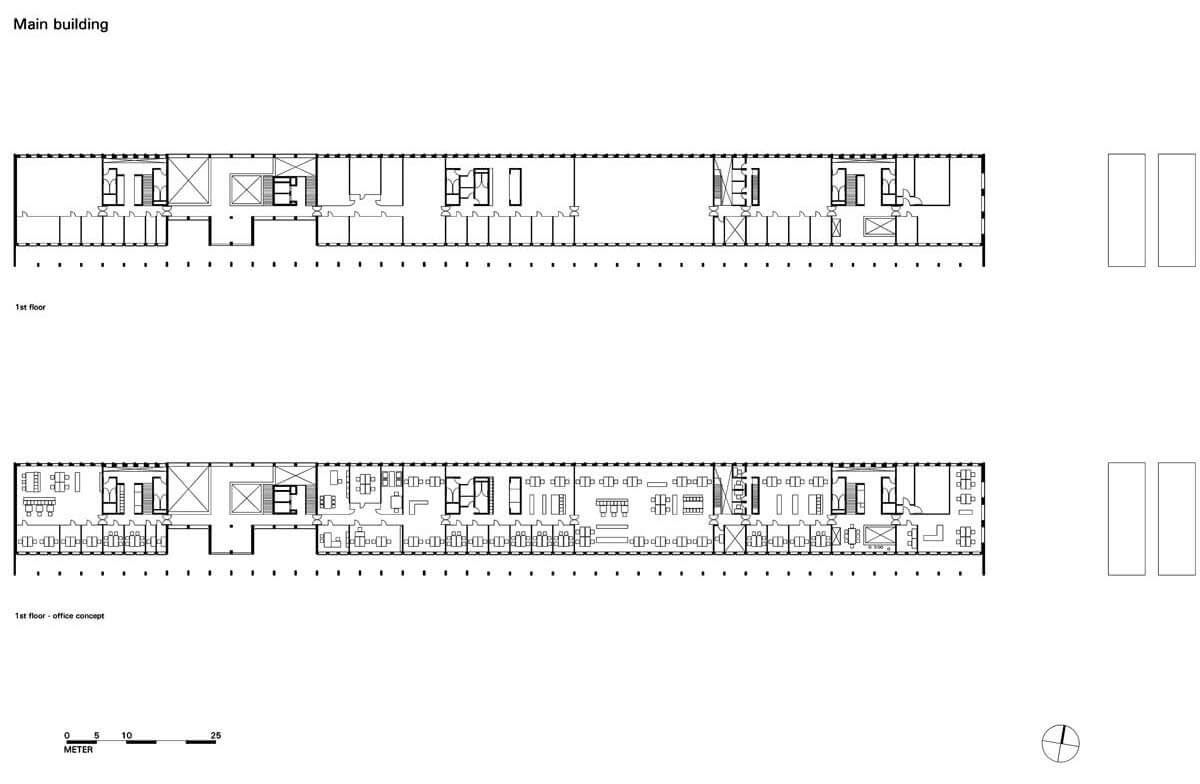District Water Board Brabantse Delta / KAAN Architecten
District Water Board Brabantse Delta / KAAN Architecten
Context
Rather than the arrival of a new office building, the realization of the headquarters of the Brabantse Delta water board signifies a new lease of life for the century-old country estate (first mentioned late 14th century), and an important symbol for the landscape at the South of Breda. With its new premises on the Bouvigne estate, the district water board has provided appropriate continuity for a piece of cultural-historical heritage. The scope of the commission was broad, extending the castle, the gardens and the surrounding structures and grounds, including the chapel and the castle gatehouse.
Location
The water board takes care of strong, secure dikes and embankments, purifies sewage, regulates the groundwater level and protects nature. The management area has more than 800.000 inhabitants, 21 municipalities and 25.000 businesses. The big challenge for the water board to unite interests in nature, agriculture, recreation and city life. Bouvigne is a most appropriate location for this institution.
Initially, the client was hesitant about the idea of establishing its headquarters on the estate. That is understandable: erecting a building between Mast Wood and the valley through which the Mark stream meanders was bound to provoke opposition, especially among the influential residents of the upmarket Ulvenhout residential estate. Moreover, the estate falls under the protection of the heritage authorities, a situation that doesn’t always guarantee a smooth execution of a plan. Accordingly, it was also permitted to submit proposals for the construction of the office on a motorway site or in a nearby office area. In his presentation, Kees Kaan told the client that it would be cowerdly not to opt for the estate, since its significance for the area was evident.
Brabantse Delta received even stronger encouragement for a bold approach from heritage circles. ‘The physical integration with Mast Wood and the recent redevelopment of the stream valley ... offer attractive starting points for rebuilding a beautifull, timeless, topographic contrast between wood, nature reserve and cultural monument’. The water board could provide security on this point, was the advice from consultants, supported by landscape architects Frank Meier and Eric Luiten. The latter, as professor in the architectural Faculty at TU Delft is involved in Netwerk Erfgoed & Ruimte (Heritage & Space Network).
Description
The position taken by KAAN nudged the client into a cultural feat: the historical property acquired a fresh perspective. A group of buildings on the estate were to be demolished to allow for a camouflaged insertion of the office building. Bouvigne consists of two parts which form an indissoluble whole, one rectangle containing the castle, water features and the pleasure garden to the north, and another rectangle for more productive use, such as vegetable gardens to the south. The new, long building, which does not project above the crowns of the trees, stands precisely on the dividing line that always existed and picks up a landscape line. The office entrance area forms the link between the two sections of the estate, an axis oriented towards the front door of the castle. This connection to the landscape lines related to the river Mark can also be seen at sanatorium Klokkenberg’ a little further to the South. It positions Bouvigne in a larger landscape framework.
The new headquarters has an eloquent neutrality, to use an oxymoron - in architectural circles a popular figure of speech in which two apparently antithetical concepts are juxtaposed. The programme remained hidden behind screens: a row of limes on the north side facing Île-de- Bouvigne, on the other side a row of slender columns which act as a sundial, owing to light slits in the eaves. A double row of oakes rhymes with the portico. Behind an abstracted pediment above the entrance area, supported by slightly different columns, the archives are kept high and dry.
Interior
The spacious, three storey high entrance hall with voids below, houses the reception desk, conference center, information point and the public entry to the estate with several work-related and public functions, such as the ‘brasserie’ (gatehouse), meeting facility (castle), management center (chapel), the romantic wedding venue and the gardens. The elongated, relatively ‘undeep’ officebuilding has been anchored into the landscape as a monumental and historic gesture with a view on the countryside from anywhere in the building which makes the green surroundings unhinderedly tangible throughout the building.
The linear plan made it possible to position different working typologies strategically and with great variety, while preserving the always direct relationship with the landscape. An alternate layout has been realized: ‘open’, ‘restricted‘ or ‘semi-enclosed‘. This is consistent with the various work-related processes such as collaborating, consulting, knowledge sharing, meeting, concentrating, relaxing, eating and drinking.
Concrete core activation for heating and cooling keep energy consumption to a bare minimum and helophytes filters connected to the canal show how the water board purifies its water. All components of the brief are meticulously elaborated, as can be seen in the decorations in the chapel, in the fit-out of the ‘brasserie’ in the old gatehouse with windows in the end elevation that rhyme with those of the office building, in the sculptures by Stephan Balkenhol marking the entrance, sawn and hacked out of a couple of trees that had to be felled for the construction, and in the walnut orchard for public harvesting in the section for productive use.
Why brick?
The old castle and the new office building form a whole. The new building benefits as it were from one of the natural lines that are characteristic of the divisions in the landscape. The volume of the new building lies as a long abstract strip of clay at the intersection of a garden and a field. The old castle is traditionally built from large yellow-grey bricks with robust wooden door and window frames. The materials of the new building refer to the materials of the castle. Large grey bricks with flush pointing, in the same colour as the brick, create the impression of a single block of clay. The door and window frames are no longer of wood but of plain anodised aluminium, however, just like the door and window frames of the castle, the dimensions are exceptionally large. On the one hand there is a strong relationship between new and old, due to the large bricks and the substantial door and window frames, on the other, these aluminium frames combined with the flush pointing ensure that the new building radiates modernity.
Drawings
Extra info
Client:
District Water Board Brabantse Delta, Breda
Initiated:
2004
Completion:
2010
Area:
11.700 sqm
Project Team:
Allard Assies, Henri van Bennekom, Dirk Bots, Sebastian van Damme, Michael Geensen, Carl Greveling, Olivier van den Hoven, Kees Kaan, Jan Teunis ten Kate, Eric van Noord, Hannes Ochmann, Derk Onnekes, Vincent Panhuysen, Dikkie Scipio, Luuk Stoltenborg, Noëmi Vos




